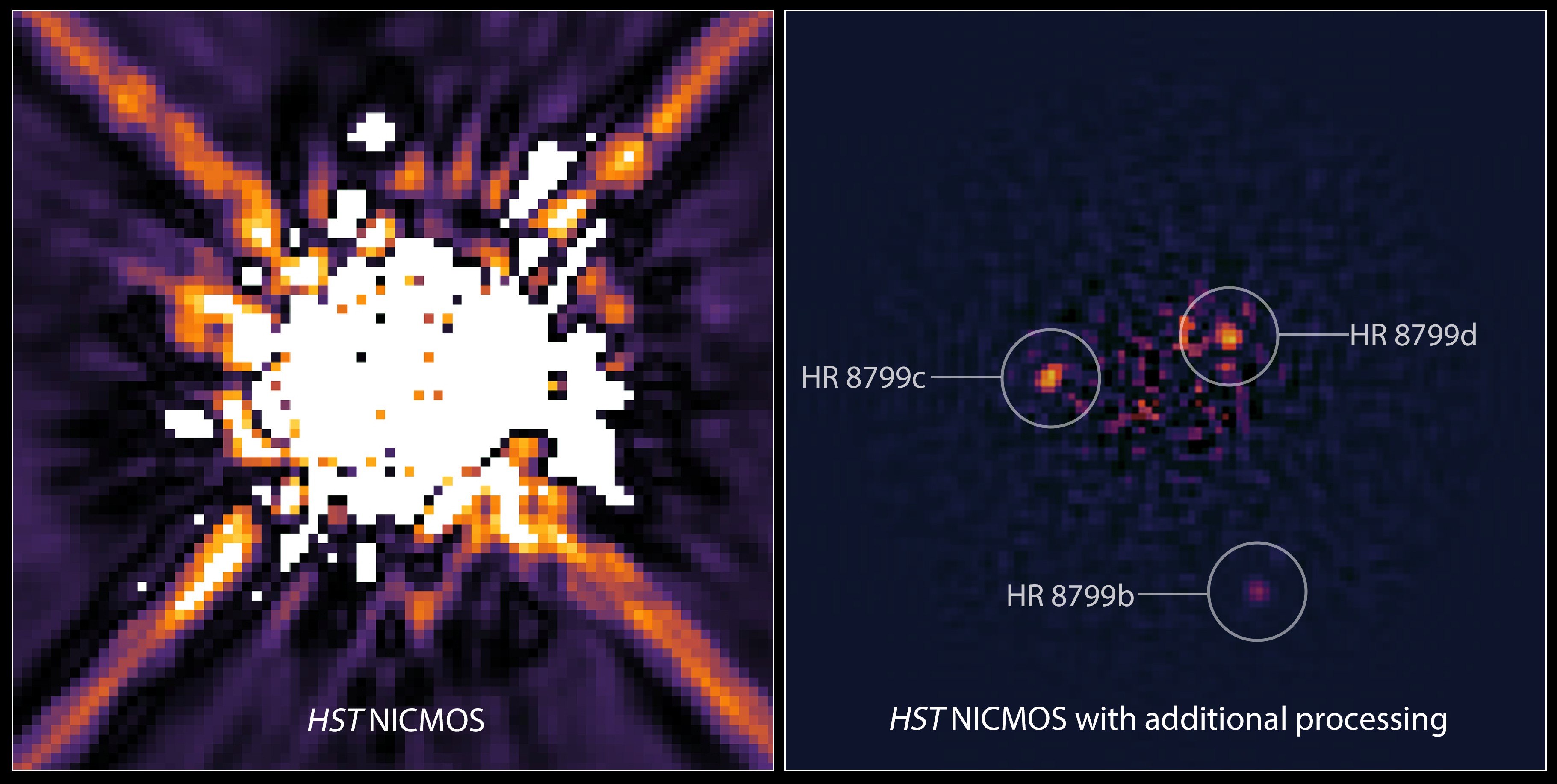During its first months of operation, the James Webb Telescope will focus on two planetary systems hosting giant worlds that are still very young. The main objective of these missions will be to determine how these planets form.
A few days after its launch next October, the James Webb Telescope will position itself around the Lagrange point L2, 1.5 million kilometers away of the Earth on the side opposite the Sun. Protected by a sun visor twenty-two meters long and eleven meters wide composed of five very thin layers of extremely reflective materials, it will probe the early Universe, but will also focus on exoplanets.
Over the past few months, teams of astronomers from around the world have submitted their study proposals. And of course, choices had to be made. Some projects have already been validated.
Most of this work will focus on objects that have no equal in our Solar System, but which have the advantage of evolving at distances far from their star. In addition to not "bathing" in their host's light, these worlds could also "glow" in infrared light, provided they were warm enough.
Sensitive to these wavelengths and equipped with a hornograph to block starlight, the James Webb Telescope will attempt to image these planets directly.
Two of the observatory's first targets will be planetary systems 51 Eridani and HR 8799. Found 96 light-years away from Earth, the first is home to a giant planet about twice the mass of Jupiter and moving at approximately 17 billion km of a Sun-like star. Found 133 light years away , the second system is home to four planets. The latter are at least ten times more massive than Jupiter , each moving over 22 billion kilometers of a star slightly more massive than the Sun.
These outer exoplanets are relatively young, ranging from tens of millions to just a few hundred million years old. As a reminder, our Solar System was formed more than 4.5 billion years ago. Images of these exoplanets will therefore essentially be images of "baby planets" that are still very hot.

One of the main objectives will be to determine how these worlds were formed . Were they created by an accumulation of material in the disc surrounding its young star enriched in heavy elements, just like Jupiter in our system? Or did they form from the collapse of a hydrogen cloud, like a star, before shrinking under the relentless pull of gravity?
To answer these questions, researchers will rely on JWT instruments to probe deeper into the atmospheres of these planets. The NIRCam will, for example, be able to detect and measure the atmospheric fingerprints of elements such as methane. She will also look at cloud characteristics and surface temperatures.
In the meantime, engineers and technicians are preparing for a final deployment of the telescope's main mirror. If all goes as planned, it will then be shipped to Guyana where it will be launched on October 31 aboard an Ariane 5 rocket.